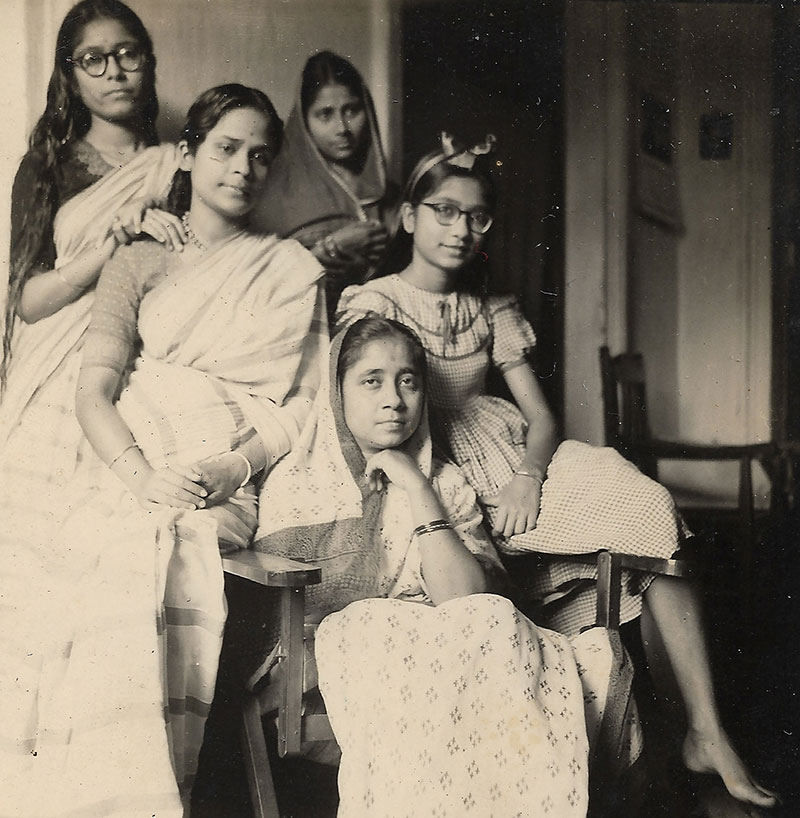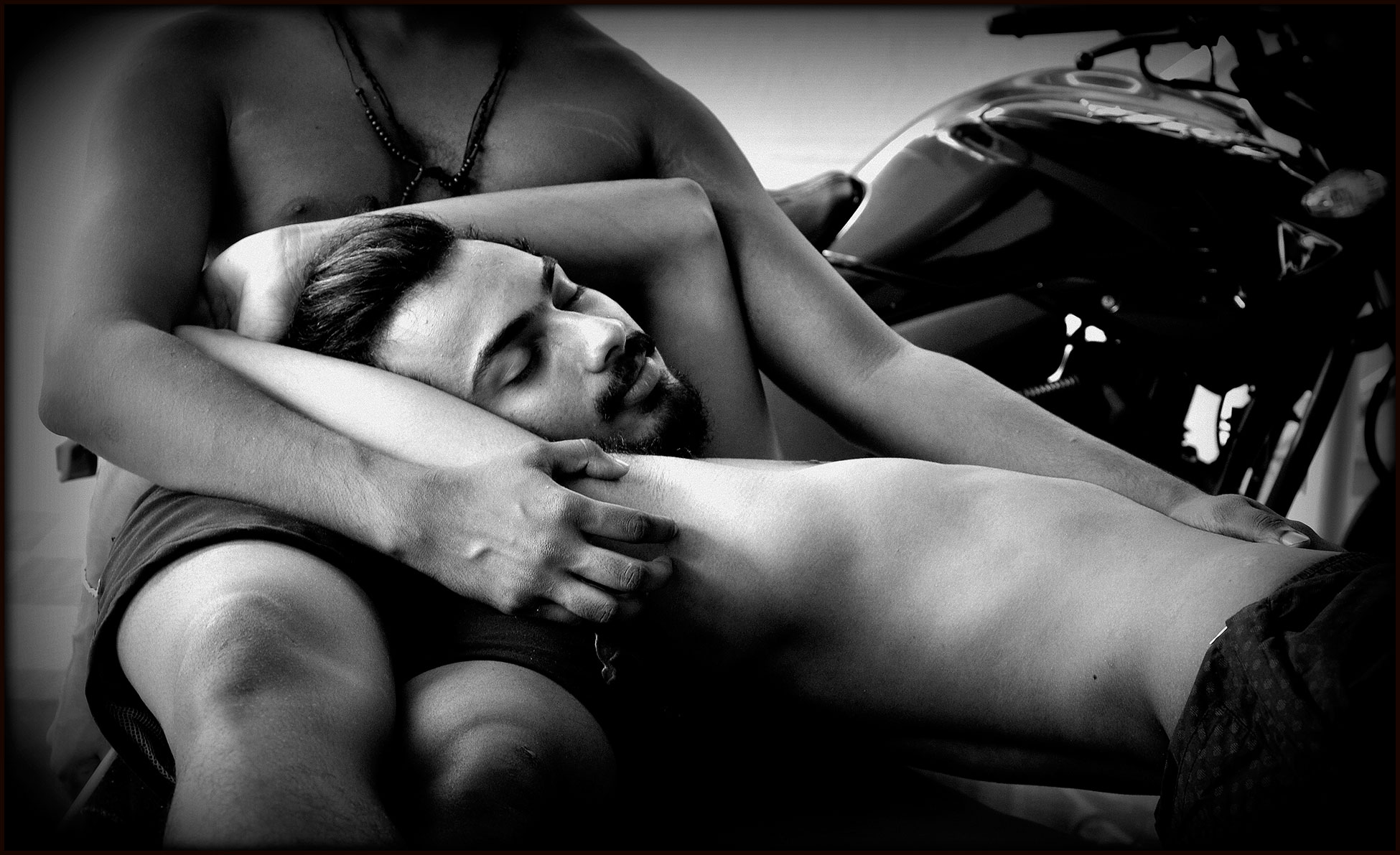Zoom In
Portfolio Review
PhotoMail constructively
and Critically zooms into
The life and work of
photographers
Its art and techniques
Contemporary
Theory, Aesthetics
Material philosophy
and soociology
This article takes a look
at the socio-historical
context of Christian
Tamil Couples
by young Indian
Photographer Leo James
done as part of
Project 365 Tiruvannamalai
initiated by
Ekalokam Trust for
Photography (EtP)
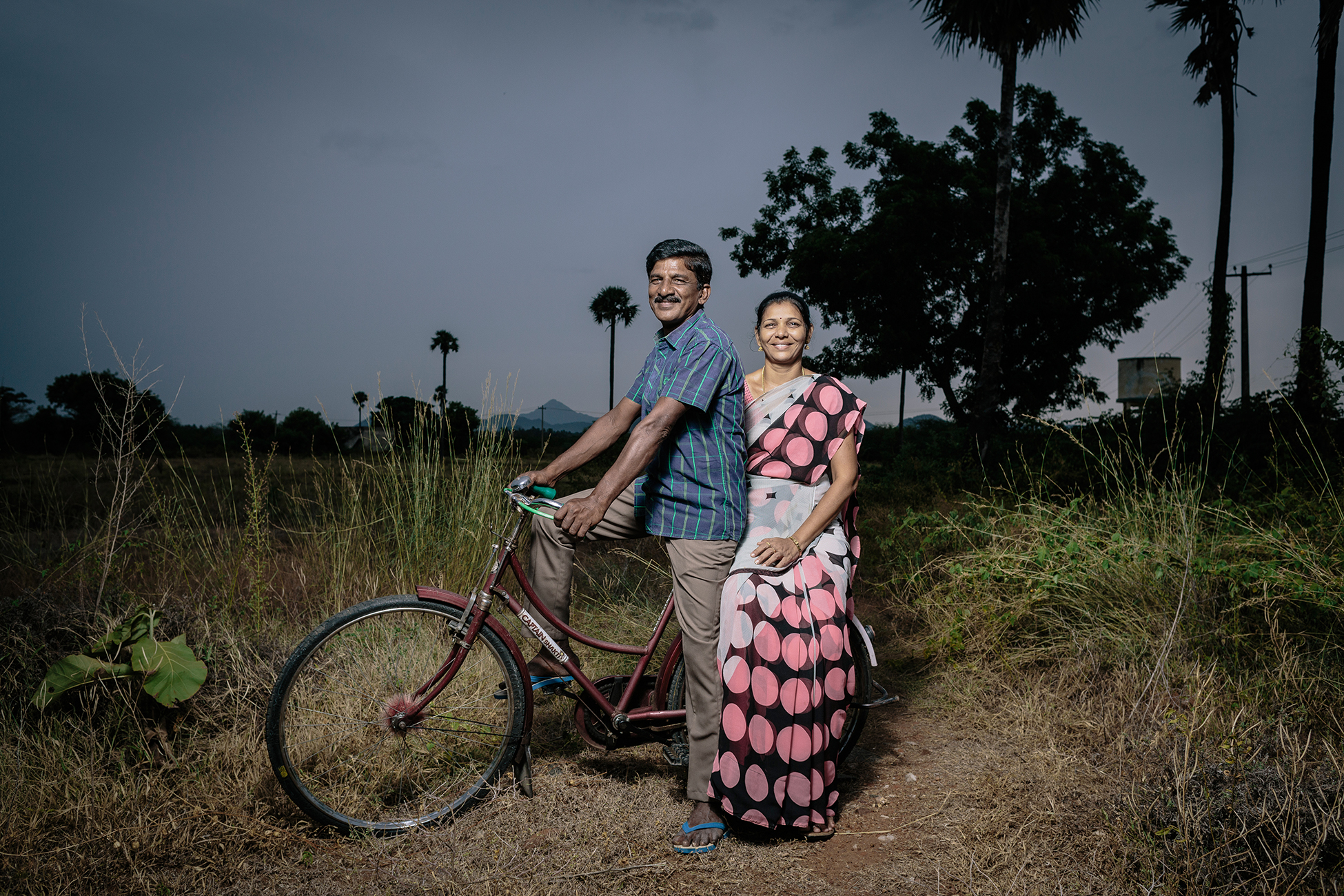
Christian Tamil Couples © Leo James / EtP Project 365 Public Photo-Art Archive
Christian Tamil Couples
Ancient Tamilakam (corresponding to modern South India) had maritime trade and cultural contacts with Central Asia, the Mediterranean, and the Middle East long before the start of the Christian era, dating back to the South Indian Iron Age (app. 1000BCE). This cross-border infusion of ideas and philosophy later became the gateway for religions including Judaism, Christianity, and Islam to spread in India. It is said that Jews reached Cochin, Kerala in 526 BCE and over time, through cultural diffusion, assimilated the local traditions. Historians opine that they came in waves and the early Jewish merchant guilds were active in the local and cross-border trade. It is said that Thomas the Apostle, came to present-day Kerala in 52 CE and died in Mylapore in Tamil Nadu. Even though there is no historical evidence concurring with this claim, the ancient Christians of India go with the narrative and attest that it was Thomas the Apostle who spread the word among the ancient Jews in India, which led to their conversion to Christianity. It was a period when maritime trade was at its peak as the Romans had discovered a direct route to Tamilakam from Egypt, taking advantage of the monsoon wind – a knowledge that was long known to Indian and Arab sailors.
Regardless of whether the Apostle landed in the seaport Muchiri or not, the Sangam/classical period maritime trade was the only possible route through which Christianity would have entered this ancient land. If he did come to India, then in all probability, on his way to Mylapore he would have passed Tiruvannamalai, which was on the Silk Route.
During the medieval period, the Syrian Christian community was further strengthened by the arrival of Persian Christians and the granting of special rights and privileges to them by local rulers. Mentions about these ancient settlers and traders have also been found in the Sangam literature. Starting around the 16th century, there were a large number of Portuguese, Dutch, British, Danish, and Italian Christians who started trade expeditions to this part of India and established their trading companies. These traders were also engaged in peaceful as well as forceful dialogues with the locals about religion and philosophy.
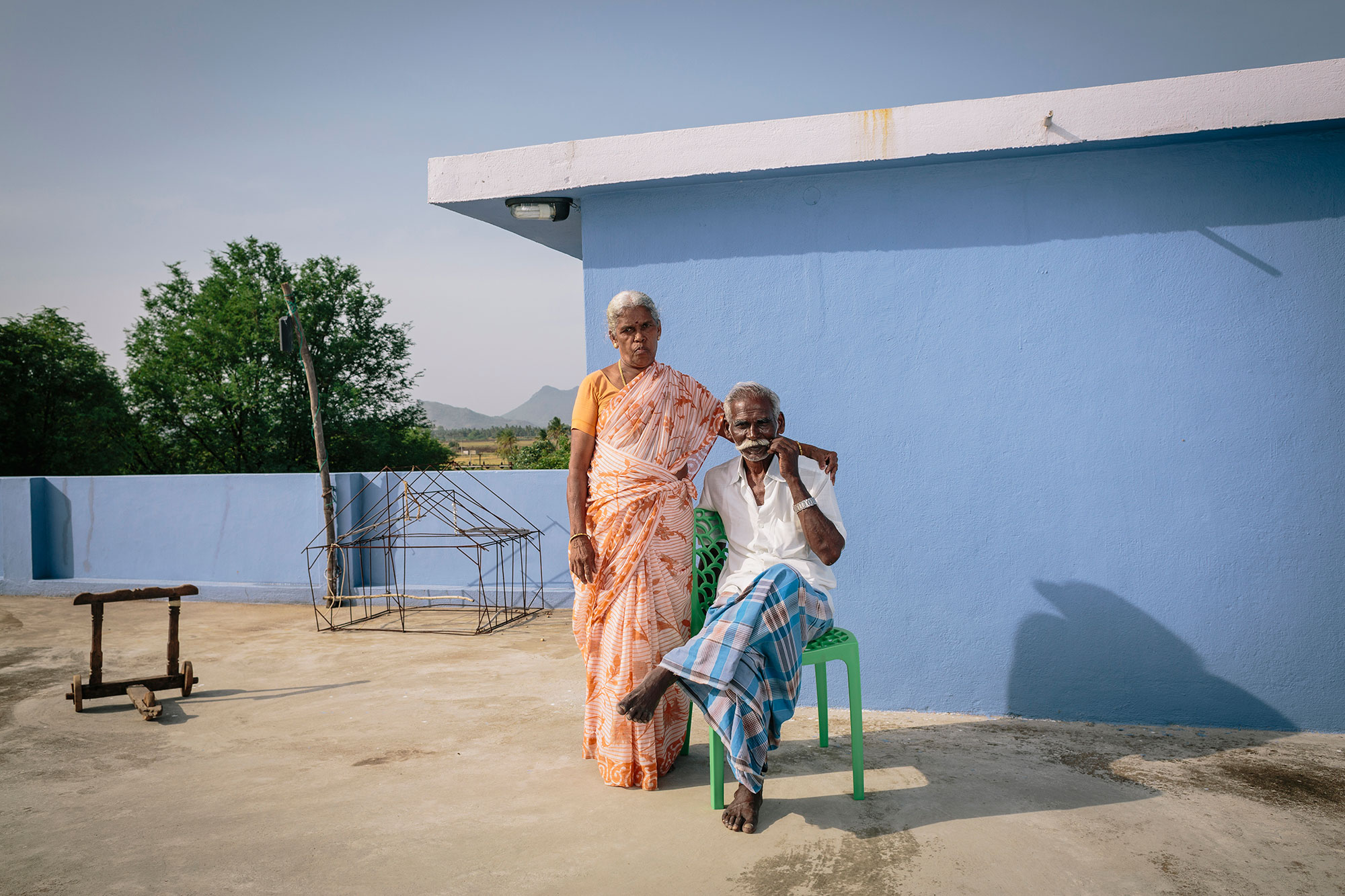
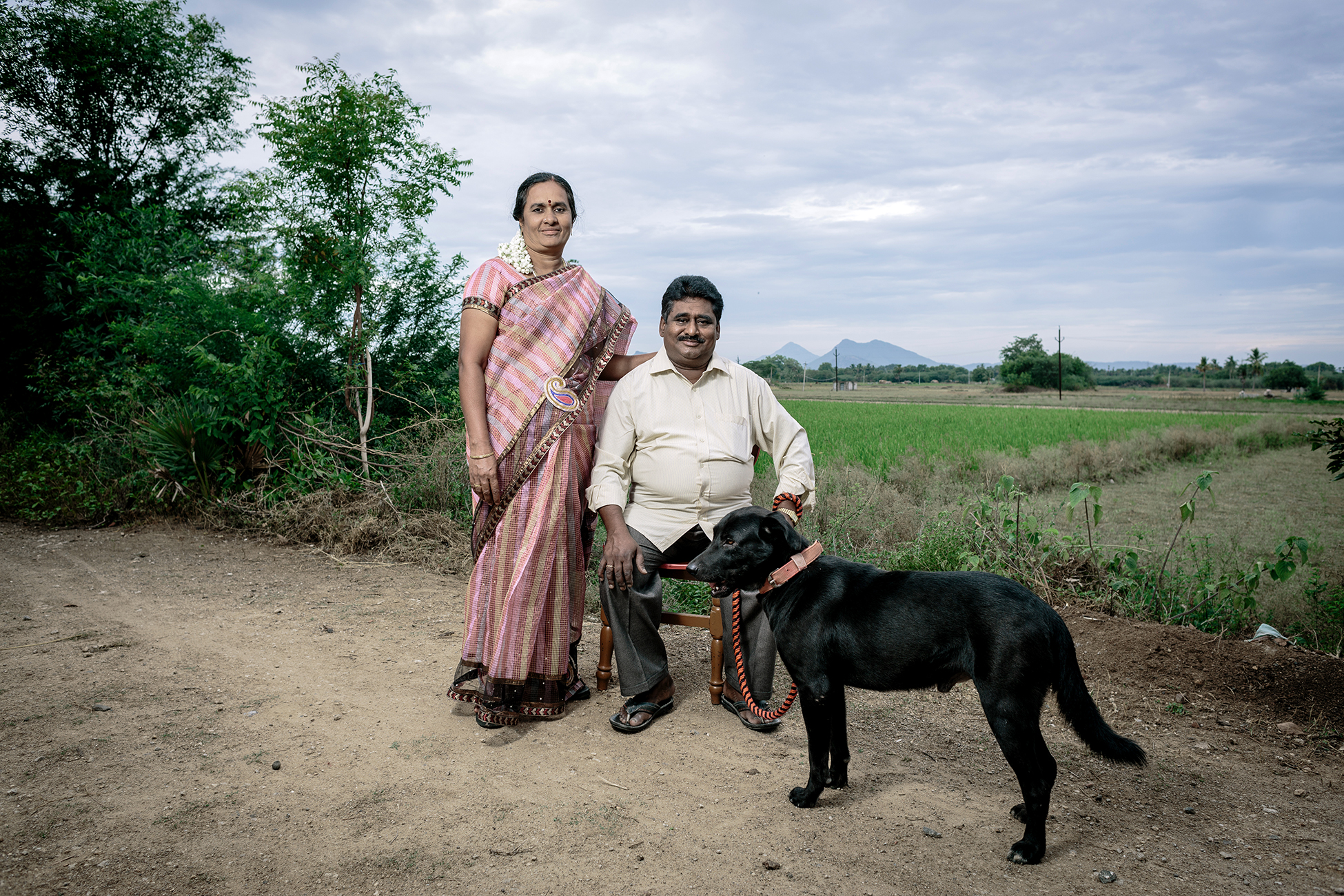
Christian Tamil Couples © Leo James / EtP Project 365 Public Photo-Art Archive
Roman Catholicism was the first to be introduced. Since the 19th century, Protestant churches have also taken their place in the community. At present, Christianity in South India has several different denominations. The ancient Christians (Syrian Christians) who were not as interested in propagation and conversion had by this time been divided into East Syrians and West Syrians, which are further subdivided into various factions.
The first Danish expedition set sail in the year 1618 CE, and after they failed to agree in Ceylon, their trade director Robert Crappe set sail on a scouting freighter – exploring possibilities in Tamilakam. It was a time when the mighty trinity of the Ceras, Cholas, and Pandyas had lost their political power and the decentralised local chieftains/Nayaks were controlling the land. The Danish ship encountered Portuguese vessels off the Karaikkal coast and was sunk, with most of the crew killed or taken prisoner. The Nayak of the then Tanjore, who was on the lookout for trading opportunities, was open to Robert Crappe who along with thirteen mariners had evaded Portuguese captivity. They entered into a treaty that granted them the village of Tranquebar (or Tharangambadi) and the right to construct a “stone house” and levy taxes. The bipartite treaty also provided rights to the Tamils to settle in Denmark and involve in trade activities. Bartholomaeus Ziegenbalg was the first Danish Protestant missionary to come to Tamilakam. He was sent as a Royal Missionary by King Frederick IV, from the Kingdom of Denmark. The Tranquebar Mission was established by Ziegenbalg in 1706. In 1715, he translated the Bible into Tamil and helped set up India’s first printing press at Tranquebar (Tharangambadi), with Tamil being the first Indian language to be printed. Ziegenbalg advocated women’s education and abolition of the caste system, and gained the respect of local people. He established the very first school for girls in the Indian subcontinent at Tranquebar in 1707. In 1919, the Tamil congregation of different German, Danish and Swedish Lutheran missions joined together to form the Tamil Evangelical Lutheran Church (TELC). They started spreading to other parts of erstwhile Arcot district. In the year 1898, the Danish Mission School was founded in Tiruvannamalai, which is 200 km from Tranquebar, and the famous Carmel church was established in the year 1914. Within the next hundred-odd years, many missionaries from other Christian denominations had reached this ancient town.
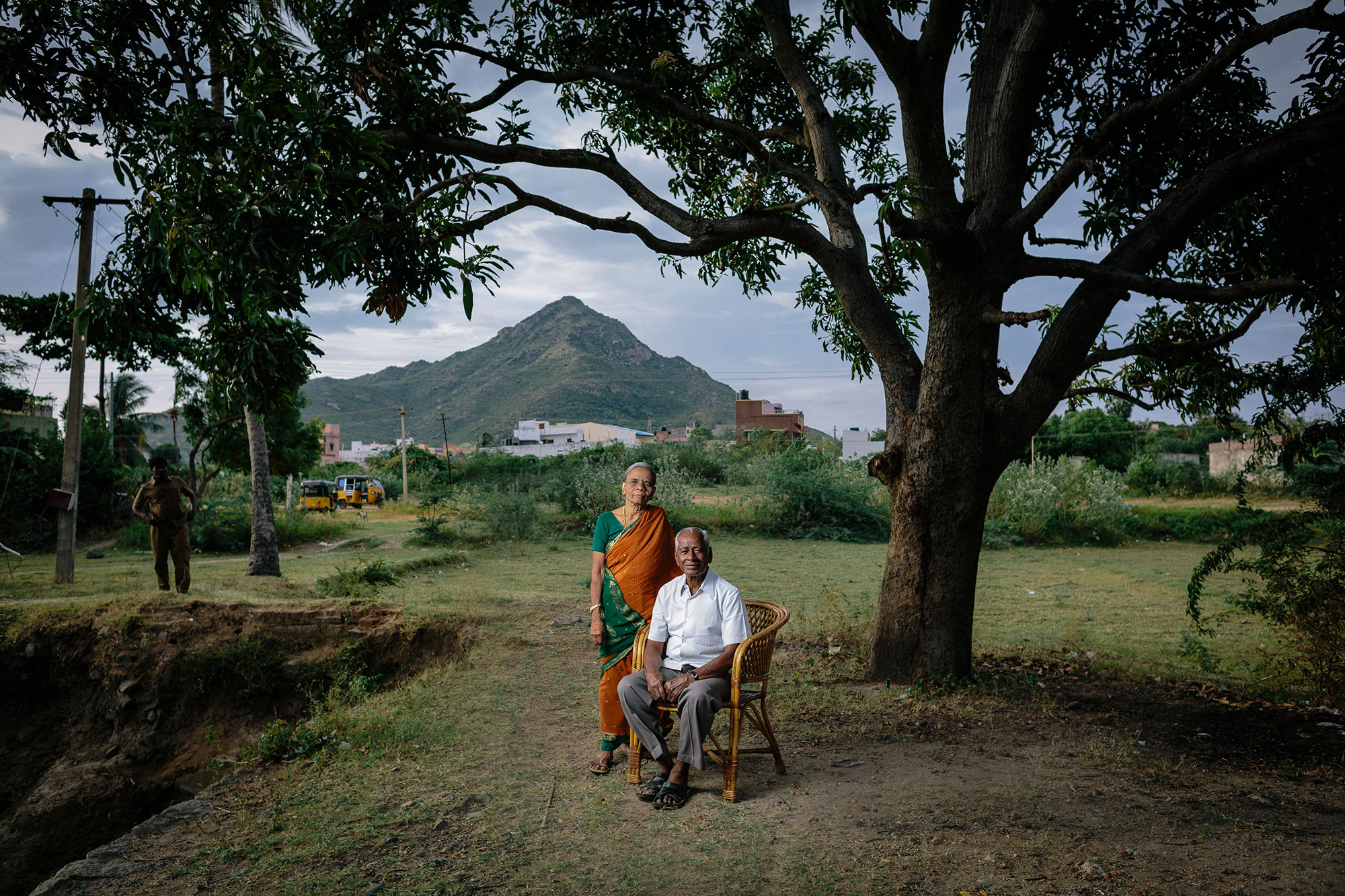
Christian Tamil Couples © Leo James / EtP Project 365 Public Photo-Art Archive
While most of the Christians in Kerala were wealthy merchants, in many other parts of South India it was the downtrodden and oppressed who were largely attracted to this foreign philosophy. The modern Christian settlers were hell-bent to consolidate and increase their numbers, as a means to expand their trade and to exercise power over the locals. They slowly and steadily embarked on a mission to convert the masses; picked fights with local rulers who were not following their theology and worked towards influencing the native traditions.
The challenging living conditions of that time led to the tendency of dependence on these charity initiatives. The missions tried to address the issue of social inequality that was prohibiting certain classes of people from covering their upper bodies, constructing stone houses, entering temples, etc. Education, primarily with the view of enabling them to read the Bible and as a means to stand up against oppression, is an area where the contributions of Christianity are noteworthy.
This step towards progress also had another major impact on the local context – the natives lost their indigenous expressions and original traditions that were an integral part of their life and lifestyle. This was indeed the beginning of a homogenisation process. The vast majority of people who were converted were the coastal inhabitants. However, many locals, who were already exposed to many other philosophies, could have seen a similarity in Christianity as well, especially the Virgin Mother cult practice. They opted for the embrace-yet-resist response which is the reason for the low percentage of the Christian population in India.
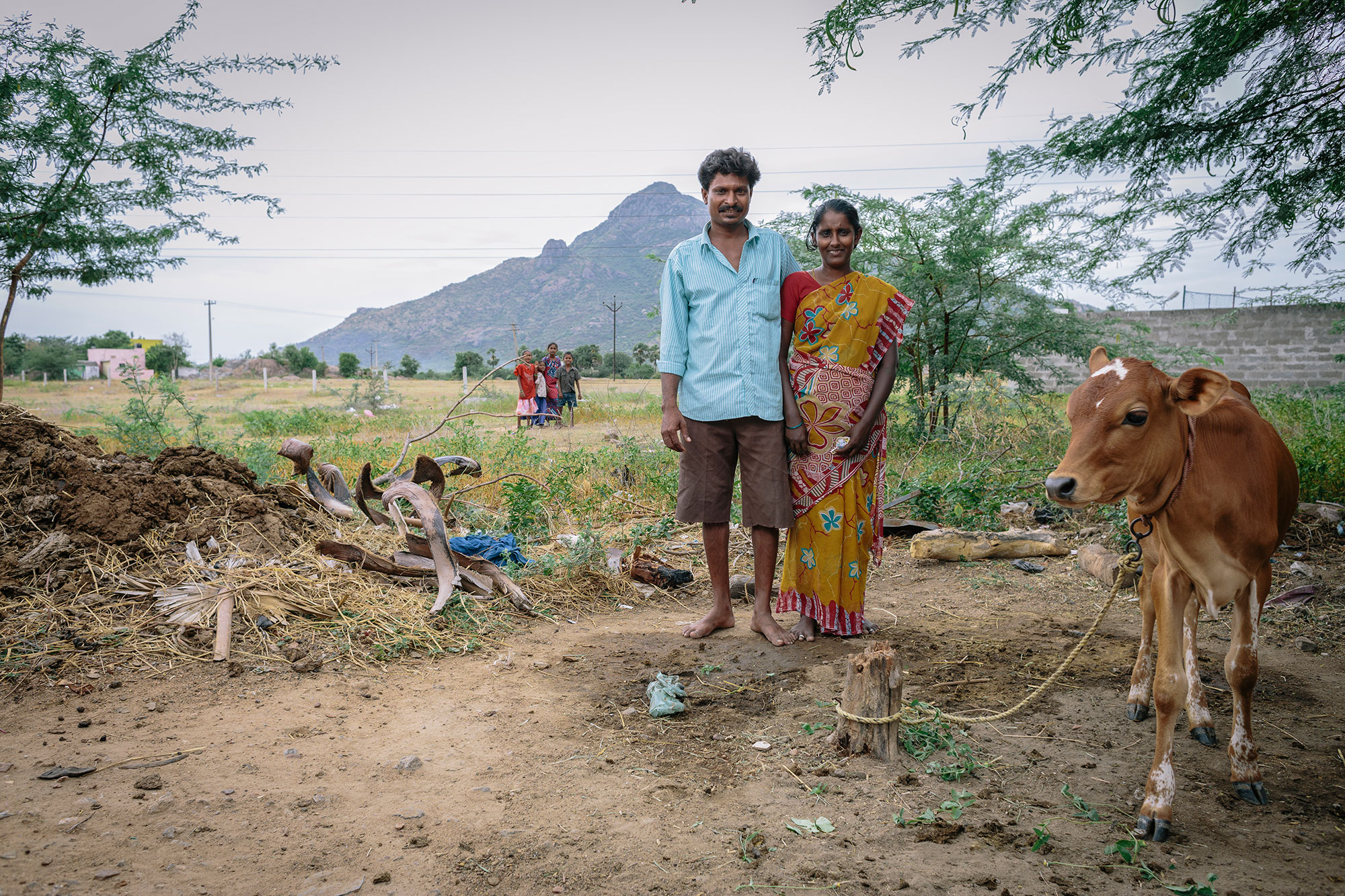
Christian Tamil Couples © Leo James / EtP Project 365 Public Photo-Art Archive
Leo James hails from a Christian family in Quilon, which has been an important Christian settlement since the Sangam period. He knows his lineage, tradition, and history, and is aware of the cultural nuances and the unique as well as unifying attributes of the different Christian factions. Through these photographs, Leo has touched the very soul of Christianity, its penetrating presence, and everlasting contribution. The couples intimately hold their partner or stand close together, look straight into the camera, and smile. A majority of them are from a generation that has not seen today’s upscale photo-shoots. A few are comfortably at ease, while a few others are visibly tensed. The Annamalai Hill, the sacred landmark of Tiruvannamalai, is present, at times distinct and at other times in the far background, exemplifying their connection to this ancient land. However, prominent Christian symbols that make them stand apart are not visible in these photographs.
Unlike the rest of South India, where Christians have a history of about 2,000 years, this temple town has seen only three generations of Christians that constitutes roughly about 2.7% of the total population. A majority of them are first or second-generation Christians and they are yet to completely convert from their traditional practices and lifestyle. Some of them haven’t even changed their names to Christian ones and continue to follow certain practices from their former religion. A few third-generation Christian families have also been included in this series. Objects, animals, and plants that are in the frame become signs of their social and economical background. Their attire, sophistication, posture, and confidence become the symbolic representation of the level of education and social recognition that the Church has extended.
Subtly, yet strongly, Leo’s camera has dwelt on the different strata that make up the South Indian society. These photographs have captured a slice of an ancient town’s developmental history. With globalisation and the resultant homogenisation affecting and permanently altering every aspect of contemporary life, public photo archives of this kind that preserve the paradigm shift moments are the need of the hour.
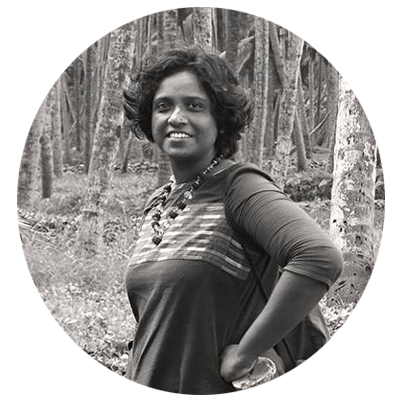
Tulsi Swarna Lakshmi is an independent writer and filmmaker. She has more than a decade of experience working with leading National and International Non-Government Organisations in India, Africa, and South America. She is the Founder Managing Trustee of Ekalokam Trust for Photography and the Executive Editor of PhotoMail.

Leo James was born and brought up in Kollam, Kerala. Having cultivated an interest in photography during his teenage, he completed a degree in Mass Communications. He is currently working as a photographer in Dubai.
Published on December 25, 2020
Share
Related Articles

In my taxi, when a photo artist becomes a cab driver
What motivated Weideman to keep photographing? The answer to this is also an important quality that makes his photographs intriguing. He continued shooting even though he was not exhibiting nor getting into any sort of limelight until the mid-90s. Passion for the medium, of course. But there is more.
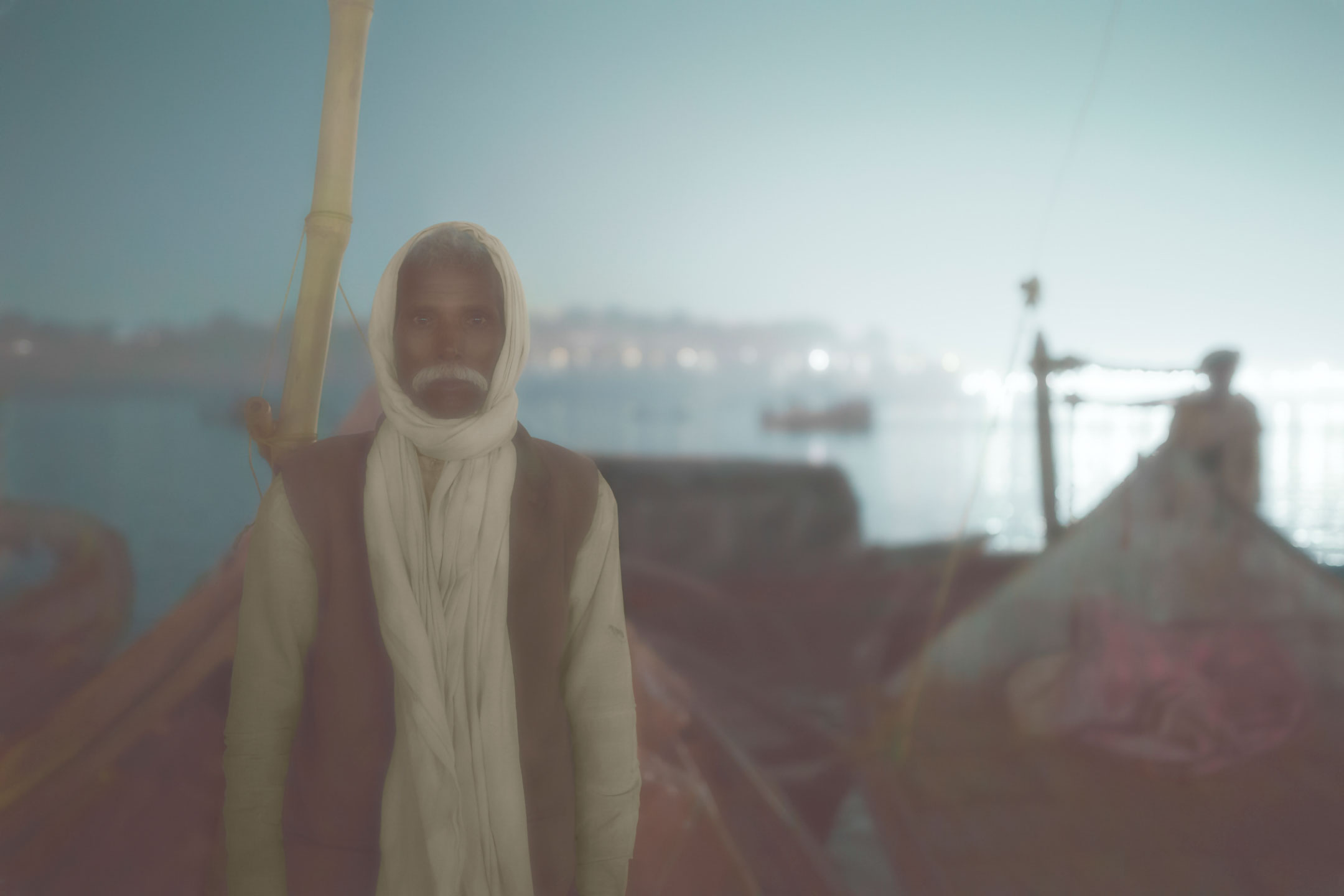
Mallaahs, the boatmen of Gangetic geography, A Photo Art series by Shibu Arakkal
Review of Mallahs, the boat of Gangetic geography, photographic series of Shibu Arakkal. For several hundred years these boatmen on the Ganga and the Yamuna have handed down their oars from father to son. I was intensely drawn to the purpose of their lives, to carry people back and forth on these rivers. Almost married to their boats, these men. To live almost all of their lives on these wooden vessels, going about their worldly chores and belonging to a tribe of menfolk, they pride themselves on being the real caretakers of these mystical rivers. Almost as if they are born on these boats and just as possibly may breath their last on it, the Mallaah men live lives removed from their families and children.
In search of the lost home
Across the world there are ongoing attempts to construct a ‘people’s history’ through photographs. Memory Projects, they are fondly called, focus mainly on the pre-digital era when photography was not as common as today. Bengali photographer Anandarup Goswami’s photography series ‘A Home of No Return’, though not directly linked with any memory project, shows certain resemblances with the latter’s style, and yet carries its own soul. A Home of No Return visually narrates the past and the present through a mixture of faded and fresh photographs.
Homomorphism II
The LGBTQ community has found for itself public spaces in urban regions. We will wait and see what they want to tell the world from that space. After all, solidarity with the cause does not mean solidarity with the acts, and it is time for the community to begin to act convincingly. This exhibition is a good starting point, and further on, there is a desperate need for clarity on the part of the activist-artists.

Elements and Fragments, Uncovering Narratives of a Temple Town
Inasmuch, every photographer that ever visited Tiruvannamalai never took notice about anything other than Ramana and the Annamalaiyar temple – their eyes glossing over everything else and their focus devoted entirely to the two ‘divine’ icons. But, there remains a Tiruvannamalai beyond, which has gone unnoticed and undocumented – invisible to the colonial gaze that is pre-occupied with its exotic fairy tales, and underwhelming for the photojournalist due to its perceived mundane-ness.


